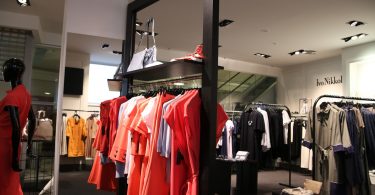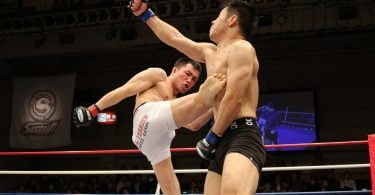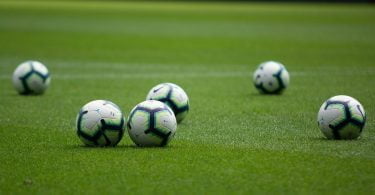The Proms are a chance for Londoners to enjoy what the classical music scene has to offer during those long summer evenings and weekends. The Proms which were put on over the weekend of 23-24 July were a perfect example of the variety of people who can enjoy the season.
Prom 11
On Saturday night, the BBC National Orchestra of Wales and National Chorus of Wales took on Wagner’s Die Walküre, from his masterwork the Ring Cycle, and then Tippett’s Child of Our Time, a huge and sombre work mourning innocence amid conflict.
The Wagner called up the famous, bombastic themes of the Valkyries, but at its heart it is also tragic – this scene shows a father banishing his daughter from the realms of the gods to live and die as a mortal. As one would expect, the vocal soloists gave powerful and dramatic performances, and the brassy orchestral sounds filled the Hall. The Tippett which followed is a beautiful piece, but is not performed often enough because of its demanding score and the sheer force of numbers needed to do it justice. Although called an oratorio, it draws on choral repertoire from the Handel to spirituals to paint a picture of the state of the world at the time of its composition – 1939-41. The Proms come into their own for works like this – the choir, orchestra, and soloists (especially soprano Tamara Wilson) gave nuanced, sensitive performances, handling the complexity and drama of the piece well. It was an emotionally charged evening, but thoroughly rewarding. Given recent world events, the more sombre tone seemed fitting.
Prom 12
On Sunday afternoon, by contrast, the Proms put on their annual Ten Pieces performance. Aimed at introducing classical music to new audiences, especially children, the pieces are selected to be short and engaging. But the performances take the music absolutely seriously, and the music is not dumbed down.
This year, highlights included Vaugh Williams’ ‘The Lark Ascending’ and Gabriel Prokofiev’s ‘Concerto for Turntables and Orchestra’. Each piece was introduced by CBBC presenters, actors, and footballer Dion Dublin, and many had accompanying dances or compositions composed in response by school children. Unlike Prom 11, it did not take itself too seriously: there were groan-out-loud jokes aplenty, the audience was required to cheer and join in at appropriate moments, and the final ride of the Valkyries was preceded by a series of snippets from Newsround in a long-drawn-out lead up to the final appearance of the Valkyrie dancers in the Hall itself. The lighting effects, choreography, and sheer volume of sound made it an almost overwhelming sensory experience, but the informal audience were relaxed and taking part with great enjoyment. Not all were children or parents either – a number had clearly seen the line-up of well-loved favourites and decided that a lighter Prom was for them.
The concert was not without heart – the historical backdrops to the Lark Ascending and Shostakovich’s Scherzo from the 10th Symphony invoked the First World War and Stalinism in simple, moving forms. Some of the school’s performances were genuinely lovely, and the Verdi Dies Irae performed by a huge joint schools’ choir was excellent. It achieved its ultimate aim of bringing real, challenging works of genius to a broad audience without confusing or boring younger people or those who are less interested in classical music in general.
The two performances could hardly have been more different, but in its own way, each was successful – and with six weeks of the Proms season left, there is no doubt more variety to come.









